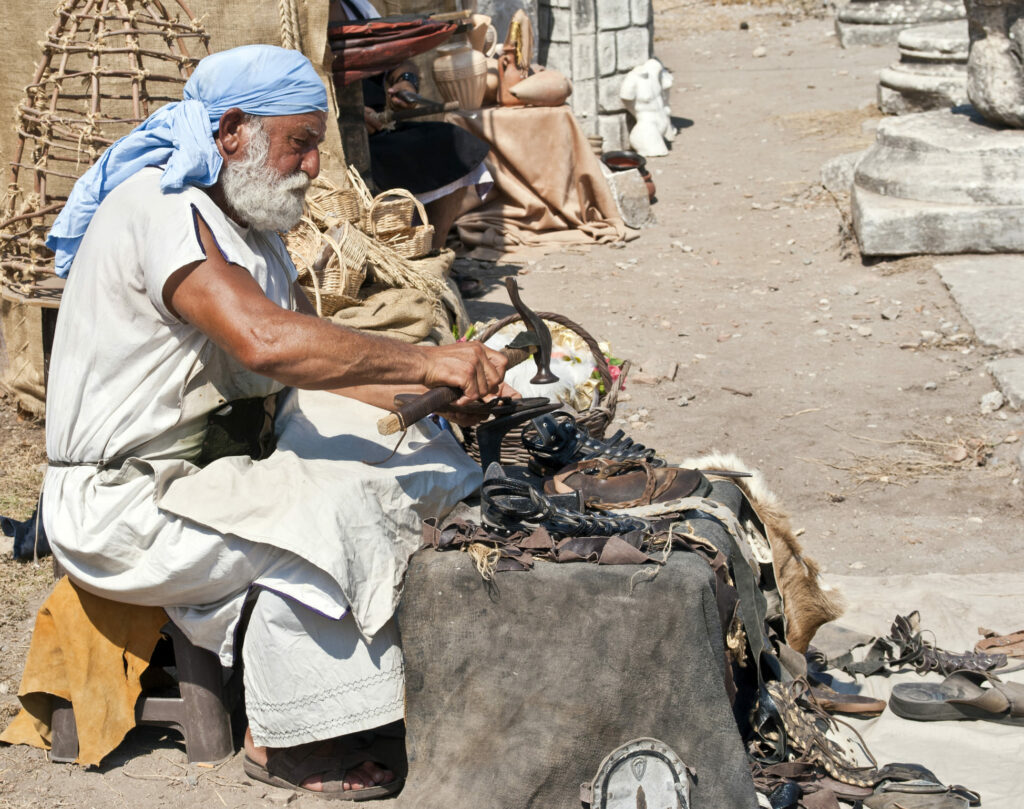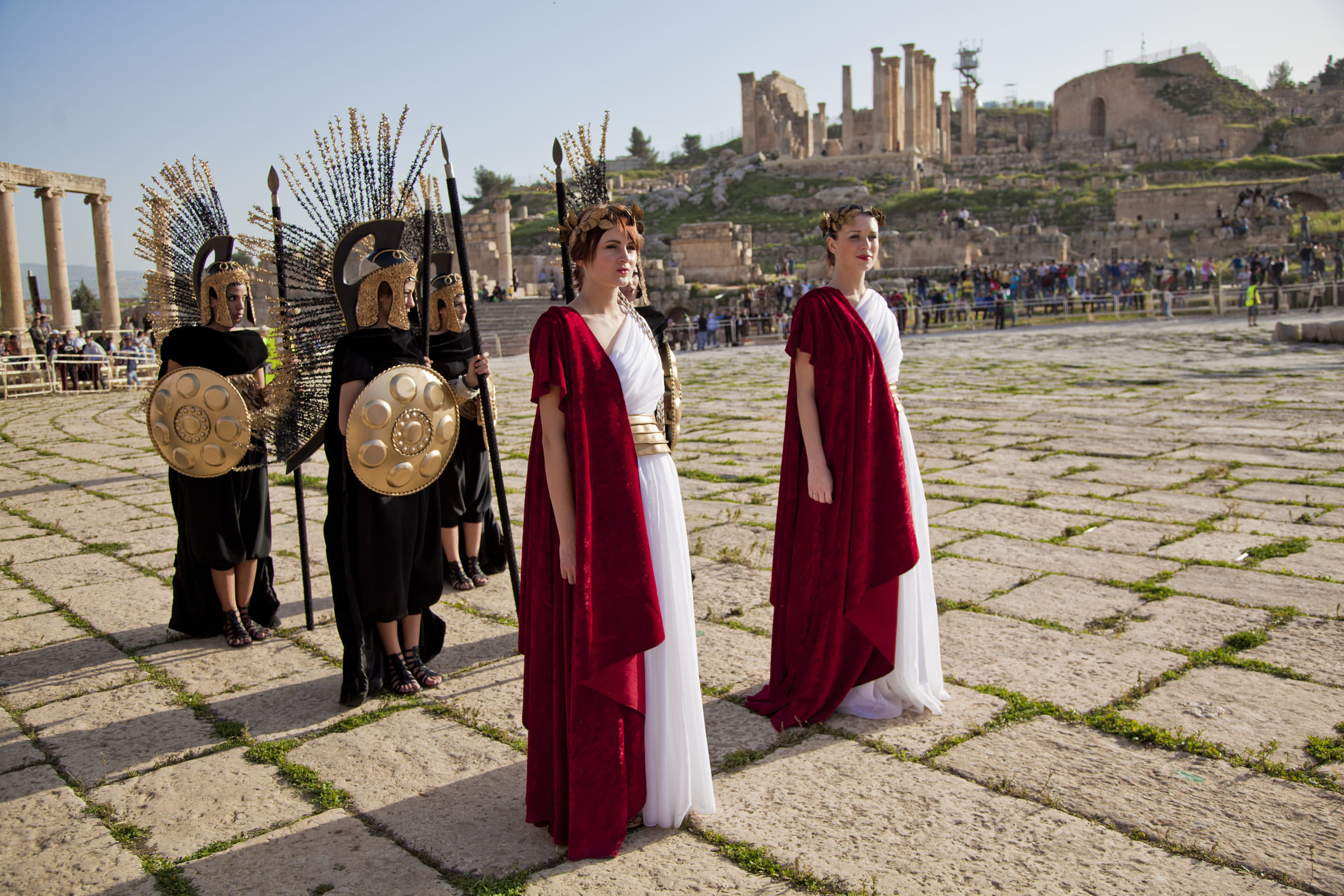In an era where the concepts of multiethnicity and multiculturalism are pervasive and dominate conversations in our highly connected and globalized world, it’s important to remember that this isn’t a new phenomenon in the annals of history. Indeed, our very own forebears, the inhabitants of the ancient Roman Empire, stand as living proof of this enduring human experience.
You see, the word “Romans” during the Empire’s zenith, referred to a population of astonishing diversity, both culturally and ethnically. This diversity was not merely the result of the Empire’s vast conquests but also stemmed from centuries of integration and intermingling with the people who were conquered, including Italic populations, the Etruscans, the Greeks, and the Celts.
This is why the Roman Empire, in all its grandeur and complexity, embodies the ancient roots of our modern discussions on multicultural societies, reminding us that human coexistence and cultural exchange have deep historical precedents.
At its height, the Roman Empire stretched across Europe, Africa, and Asia and was a symbol of multiethnicity and multiculturalism unparalleled in the ancient world. This vast expanse was characterized by a prosperous mosaic of cultures, ethnicities, languages, and even religions, the result of centuries of expansion, conquest, and trade.
The essence of the Empire’s identity and operational framework was deeply embedded in this diversity, with one of the key strategies for managing such a mixed population being the gradual extension of Roman citizenship: originally confined to the inhabitants of Rome, citizenship was progressively offered to other Italians and eventually to people in far-flung provinces, weaving a common thread of identity among the Empire’s myriad peoples. Crucially, it also allowed them to maintain their unique cultural characteristics. The urban centers of the Empire, such as Rome, Alexandria, Antioch, and Constantinople, were vibrant melting pots where different cultures mingled with one another: these cities, flourishing with administration, military, trade, and culture, facilitated interactions among various ethnic groups, and nurtured an environment of cultural exchange and assimilation.

Rome’s extensive trade networks further amplified this effect, connecting the Empire with distant lands and introducing exotic goods alongside new ideas and religious beliefs. And we shouldn’t forget the Roman military and the role it played in the Empire’s multicultural fabric: soldiers were recruited from across the territories and could be stationed in distant lands, with veterans often settling far from their original homes, a practice that not only facilitated the spread of Roman culture but also encouraged a blending of traditions and peoples.
History has always taught us all this, but today science can also demonstrate it thanks to DNA. In an intriguing exploration of human movement during the Roman Empire, a study led by researchers from Stanford University, and reported by Sarah C.P. Williams on the Stanford Medicine website, uncovers the extensive diversity and migration patterns of ancient populations. This study, originally published in the journal eLife, employed the analysis of ancient DNA to offer a groundbreaking perspective on how populations interacted and migrated throughout the Empire’s territories.
The foundation of this research lies in the collaborative effort of an international team spearheaded by Jonathan Pritchard, a professor of genetics and biology at Stanford’s School of Humanities and Sciences. The team meticulously analyzed the genomes of thousands of ancient individuals, including 204 skeletons newly sequenced for this research, from 53 archeological sites across 18 countries. These individuals primarily lived during the imperial Rome and Late Antiquity periods, from the first to the seventh centuries AD. This new genomic data fills a crucial gap in our historical understanding of this era, as pointed out by Clemens Weiss, a key contributor to the study and a former postdoctoral fellow in Pritchard’s lab, now associated with the Stanford Cancer Institute.
Previously, Pritchard’s group had traced the genetic diversity of populations around Rome over a period spanning 12,000 years, from the Stone Age to medieval times, which revealed a significant increase in diversity around the time Rome was officially founded, in 753 BC. The current study narrows its focus to a more defined timeframe but expands geographically to encompass the entire Roman Empire. By doing so, it builds upon existing DNA data and introduces new sequences to present a more nuanced view of the demographic changes that occurred.
The study’s findings indicate a remarkable level of genetic diversity within the Roman Empire, with at least 8% of the studied individuals originating from regions outside their burial locations. This diversity was particularly pronounced in areas like Sardinia, the Balkans, and parts of central and western Europe. The less diverse regions, such as the Armenian highlands, were typically those that were geographically isolated.
To ascertain connections between different areas, researchers analyzed individuals whose genetic ancestry did not match their burial locations, suggesting migration or travel: this analysis revealed patterns of ancestry and movement, highlighting the role of trade routes and military expeditions in enhancing diversity. For instance, individuals found in Britain were most likely to have origins in northern or central Europe.
The study also tried to understand the conundrum of how regional genetic differences remained distinct despite historical migrations. One hypothesis is that the decline in mobility following the collapse of the Roman Empire played a role, which raises questions about the nature of population movement and integration over time.
This interesting research not only adds a genetic dimension to our understanding of historical population dynamics but also illustrates the complex interplay between migration, trade, and
political developments in shaping the genetic landscape of the Roman Empire. The insights gained underline the mobility of ancient populations and their impact on the genetic diversity observed today.
With contributions from researchers at the University of Vienna, Austria, and support from the National Science Foundation, the National Institutes of Health, the Austrian Science Fund, and the Howard Hughes Medical Institute, this study marks a significant advancement in the field of ancient DNA research and certainly opens new avenues for understanding human history. Perhaps just as significantly, it also shows how the past can always teach something important, including how diversity is, in fact, embedded in our very own DNA.






























